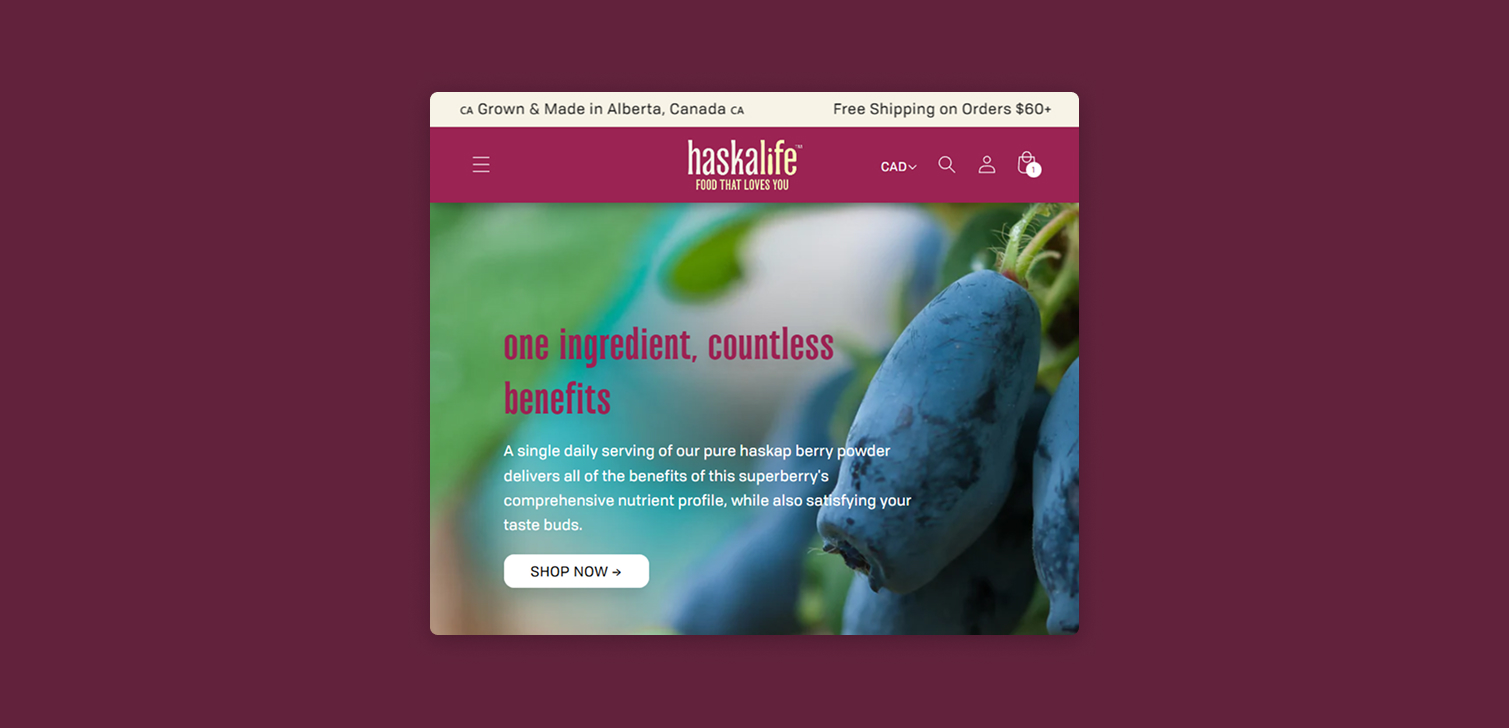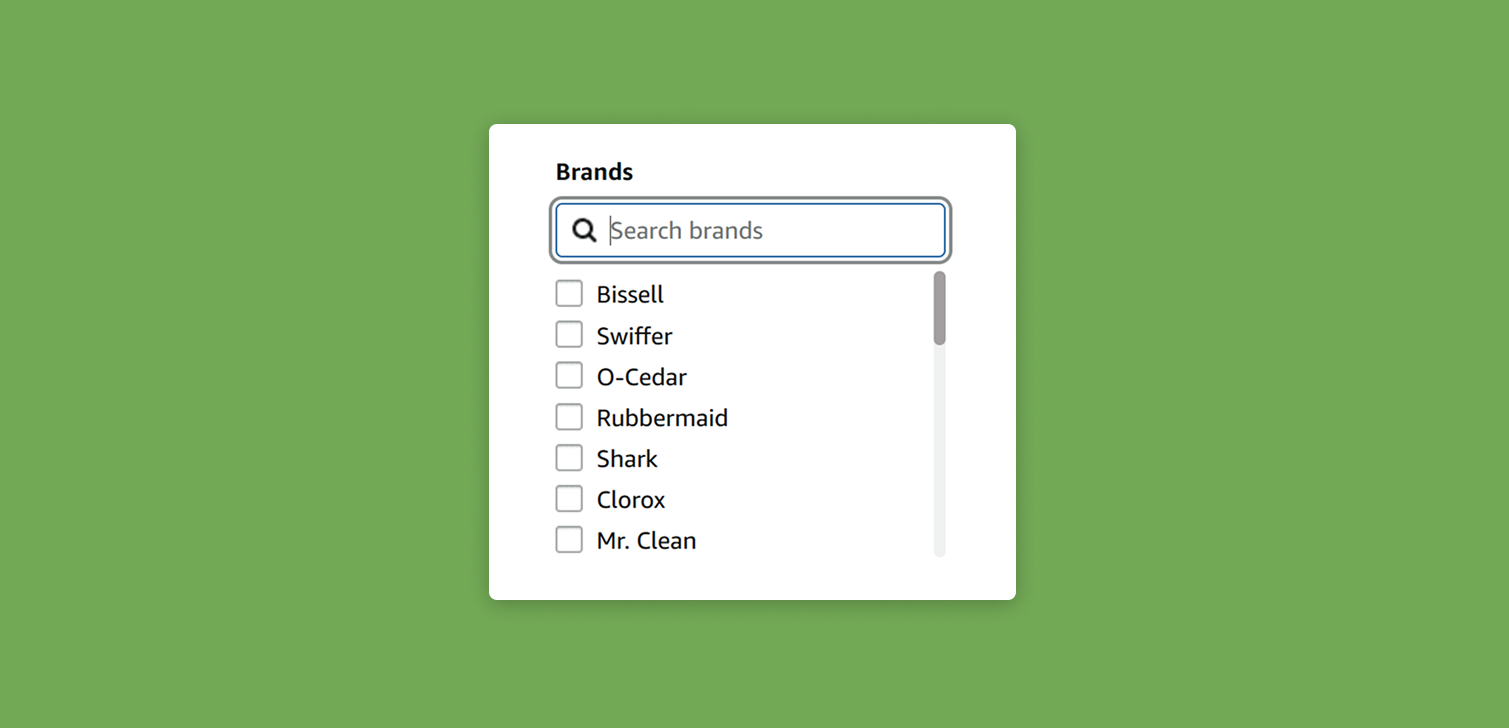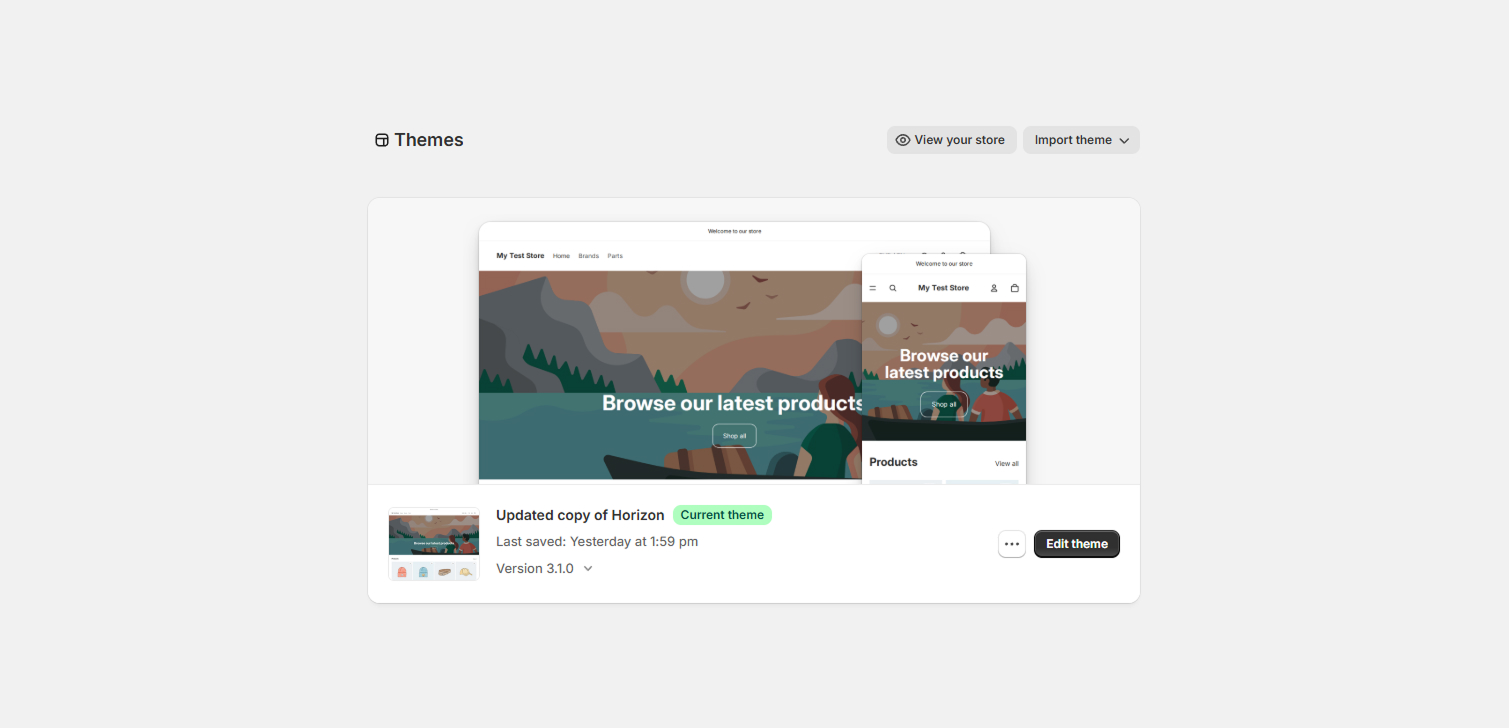Where your brand story actually belongs on your Shopify store

Many Shopify stores treat brand storytelling as something separate from conversion. The Homepage and About page are where they talk about their mission, their values, their proof of quality. But the problem is, a lot of users never go there.
If you’re running paid ads or sending email traffic straight to product pages, most visitors skip the Homepage entirely. They land, scroll, maybe read a few lines of description, and either buy or bounce. That means all the brand credibility you’ve built - the trust badges, the story, the customer love - might never be seen.
So the question becomes: what if that information, when shown at the right time, could help convert better?
Let’s break down how to use your brand story as a conversion tool, not a side note.
Why users rarely visit your about page
Most shoppers are task-driven. They’re not there to explore your story. They’re there to check if your product is what they need and if they can trust you enough to buy.
When they arrive from:
A Google Shopping ad
A TikTok or Instagram ad
A recommendation link
They usually land on a product or collection page. In that moment, the product does the heavy lifting. The brand story is invisible unless it’s part of that page.
You can test this by looking at your analytics. In Shopify, open Reports → Behavior → Site Content → All Pages. You’ll likely see that your “About” and “Mission” pages have low view counts compared to your product pages.
That’s your signal to move key pieces of your story closer to where users make decisions.

Placing brand and trust content throughout the user journey
Instead of keeping brand content siloed, weave it into your high-traffic pages. Think of it as guiding trust, not forcing attention.
Here are practical placements that work well in Shopify:
Under the Add to Cart button: Add a small line like “Over 10,000 customers have purchased this” or “Trusted by 500+ Shopify reviewers.” This reinforces credibility at the exact point of action.
In the header or top bar: Include “Rated 4.8/5 on Trustpilot” or “5,000+ verified reviews.” Shopify themes' Announcement bar or a simple text block can do this.
Below the product form: Place a short note about your mission or sourcing approach, e.g. “Our goal is to make sustainable skincare affordable.” It reminds buyers there’s a real purpose behind the product.
At the top of collection pages: Add a banner that says “All our products are handcrafted in small batches” or “Made from 100% recycled materials.” It sets expectations and connects the dots between items.
Near checkout buttons: Use assurance badges like “Secure Checkout”, “Money-Back Guarantee”, or “Free Returns”.
Video testimonials or UGC sections: Embedding short clips of real customers adds strong social proof. You can use Shopify’s native video block or an app for integration.
Small details like these can build credibility fast, especially when users are deciding whether to trust your brand.

Examples of when this approach helps
This method works best when your brand carries unique values or a strong reputation, such as:
You sell premium or ethically made products and need to justify higher prices.
You rely heavily on repeat purchases or subscriptions.
You have exceptional customer reviews but they’re hidden deep in the site.
You run ad campaigns where most users never see your homepage.
FAQ
Do I need to redesign my store to do this? No, most Shopify themes let you add sections or content blocks easily.
Won’t this make my product pages too long? Not if you’re selective. Use short statements or visuals. Focus on clarity, not volume.
What kind of proof works best? Numbers and visuals usually perform better than paragraphs. Think customer counts, star ratings, badges, or short quotes.
Bringing it all together
Your About page matters, but it shouldn’t be the only place where your story lives.
By surfacing your brand values, credibility markers, and proof directly within the customer journey - especially on product and checkout pages - you meet buyers where decisions actually happen.





